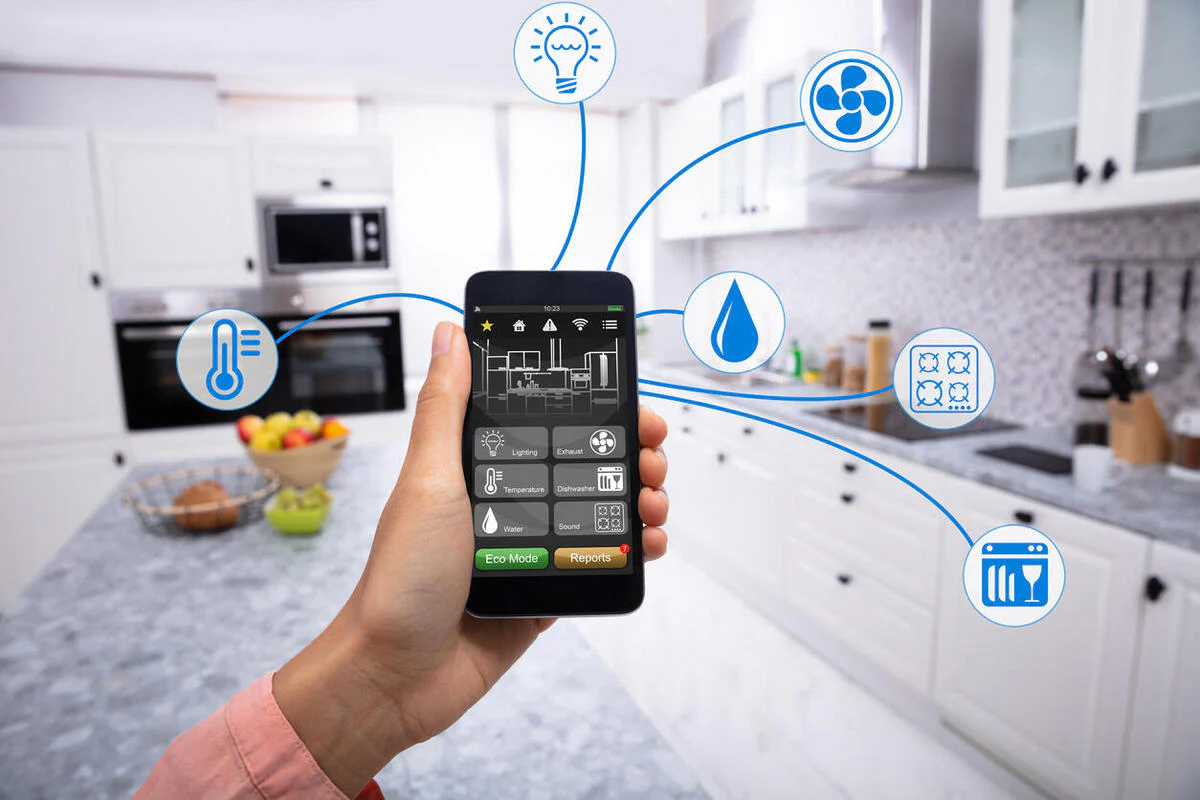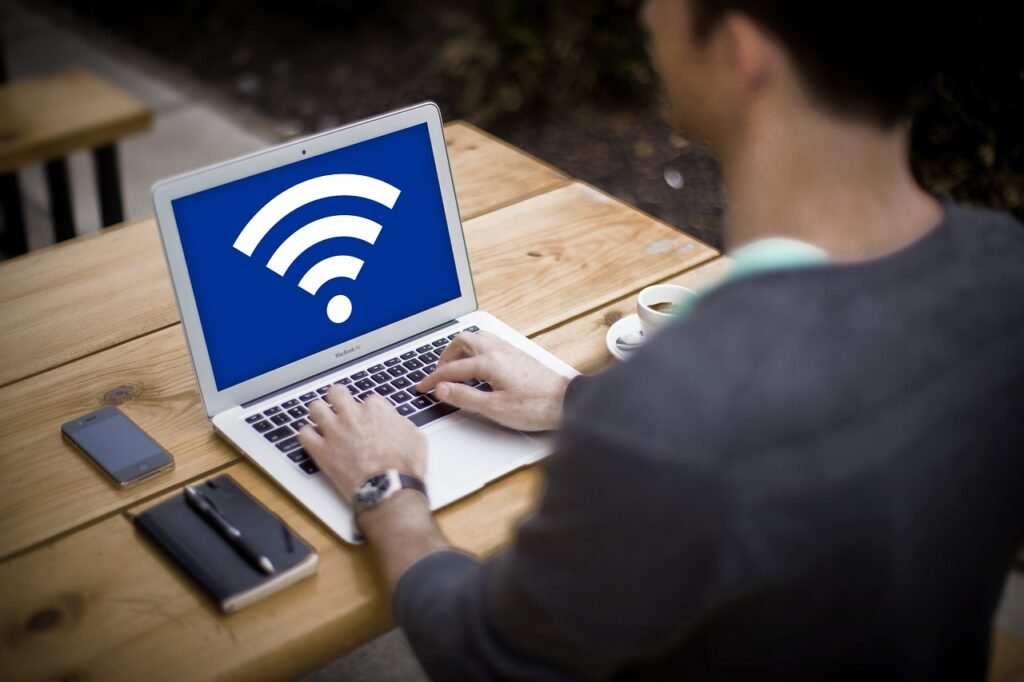
Technology is changing the way we live. Just a few years ago, turning on lights or adjusting the temperature in your home meant walking to a switch or dial. Today, many of these tasks can be done with a tap on your phone or even by using your voice. This is what people mean when they talk about smart home automation. It’s a system that connects everyday devices in your home to make life more convenient, secure, and efficient.
In this guide, we’ll explore what is smart house automation, what is home automation, and how it works in simple terms. By the end, you’ll understand why millions of households are switching to smart living and how you can take small steps to join them.
What Is Home Automation?
At its core, home automation is about control. It allows you to manage and automate devices around your house, from lighting and heating to door locks and appliances. Instead of handling everything manually, you can use a smartphone, tablet, or even a voice command to get things done.
Think of it as giving your home a brain. This brain connects to different parts of your house, like smart lights, plugs, thermostats, and speakers. The result is a living space that can respond to your needs, often without you lifting a finger.
People often ask, “what is smart house automation, and how is it different from regular home automation?” The answer is simple: smart automation goes a step further by learning from your habits and making adjustments on its own. For example, if you always lower the thermostat before bedtime, a smart system can do it automatically.
How Does Smart Home Automation Work?
The magic behind smart home automation lies in connectivity. Devices talk to each other through technologies like Wi-Fi, Bluetooth, or dedicated smart hubs. These hubs act like traffic controllers, making sure all your gadgets work together smoothly.
Here’s a simple breakdown of how it works:
- Control Devices – You manage them through an app on your phone or by using voice assistants like Alexa, Google Assistant, or Siri.
- Automation Rules – You can set schedules. For example, lights turn on at sunset, or the coffee maker starts brewing at 7 a.m.
- Sensors and Feedback – Many devices come with sensors that detect motion, temperature, or sound. This allows them to react without you doing anything.
- Remote Access – As long as you have internet, you can control your home from anywhere in the world.
In short, smart home automation works by connecting devices to a central system that understands your commands and preferences.
Key Features of Smart House Automation
Smart home systems may look different from one household to another, but most share a few powerful features that make them practical, secure, and highly convenient. These features show how home automation goes beyond basic control and brings comfort, efficiency, and peace of mind into daily life.
Remote Control
One of the most important features of smart house automation is remote control. With just a smartphone app, you can access and manage your home devices from anywhere in the world. This means no more worrying about whether you left the lights on or forgot to lock the front door. You can turn off appliances, adjust the thermostat, or even check your cameras while at work or traveling. Remote access gives homeowners a sense of control and security at all times.
Scheduling
Smart homes also allow you to set schedules that match your lifestyle. Instead of turning devices on or off manually, you can program them to follow a routine. For example, lights can turn on at sunset, sprinklers can water your garden before sunrise, or the heater can warm your room just before you wake up. Scheduling not only saves time but also helps reduce energy waste, which can lower your utility bills in the long run.
Voice Control
Another key feature of home automation is voice control through smart speakers and digital assistants. With a simple command like “Turn off the bedroom light” or “Play my favorite playlist,” you can manage your home without lifting a finger. This makes life more comfortable and is especially helpful for people with mobility issues. Voice control adds a layer of convenience that traditional homes simply cannot provide, making daily routines smoother and faster.
Security
Home security has been transformed by smart automation. From smart locks to video doorbells and motion detectors, these systems allow you to monitor and protect your home in real time. You can lock or unlock doors remotely, receive instant alerts if unusual activity is detected, and even see live camera footage from your phone. This level of control provides peace of mind, whether you are inside your home or halfway across the world. Security features are often the main reason families begin their smart home journey.
What Are the Benefits of a Home Automation System?
A smart house automation system is more than just a collection of gadgets. When used well, it brings meaningful improvements to daily life. The advantages go beyond convenience, creating value in areas such as energy efficiency, security, and overall comfort. Let’s explore some of the most important benefits.
Convenience in Everyday Living
The most immediate benefit of home automation is the comfort it adds to daily routines. Tasks that once required effort, like switching off lights or adjusting the thermostat, can now be done with a quick tap or voice command. For busy households, this saves time and effort, allowing families to focus on what matters most instead of handling small chores.
Energy Savings and Lower Costs
Smart devices are designed to run efficiently. A thermostat that adjusts based on your schedule prevents unnecessary heating or cooling, while automated lighting ensures bulbs are not left on in empty rooms. Over time, these small changes reduce electricity and gas bills. For eco-conscious homeowners, this makes home automation not just convenient but also environmentally friendly.
Improved Safety and Home Security
Another major advantage of a smart home system is the added layer of protection. Security cameras, motion sensors, and smart locks give you full control of your home’s safety from anywhere. You can monitor activity, receive alerts in real time, and even lock or unlock doors remotely. This level of visibility reduces risks and increases peace of mind for families.
Accessibility and Independence
For elderly individuals or people with limited mobility, smart home automation can be life-changing. Voice-activated systems and automated routines allow them to manage their environment without physical strain. Turning on lights, adjusting room temperature, or unlocking doors can all be done without moving around the house, creating greater independence and safety.
Personalization and Comfort
Smart homes adapt to your lifestyle. You can set lighting to match your mood, play your favorite music when you walk in the door, or create a bedtime routine that locks doors and adjusts temperature automatically. This level of personalization makes your living space more comfortable and tailored to your needs, giving you a sense of luxury and control.
How To Set Up Home Automation
Setting up a home automation system may sound complex, but the process is easier than most people think. You don’t have to automate your entire house at once; starting small and building step by step is often the best approach. Here’s a simple guide to get you started.
1. Decide What You Want to Automate
Before buying devices, think about your needs. Do you want better lighting control, improved security, or energy savings? For example, some people begin with smart lights, while others focus on smart locks or thermostats. Identifying your goals helps you choose the right starting point without overspending.
2. Choose a Smart Hub or Ecosystem
Most smart devices work within an ecosystem, such as Google Home, Amazon Alexa, or Apple HomeKit. Selecting a hub or platform ensures your devices can communicate with each other smoothly. Once you decide on a system, stick with it to avoid compatibility issues in the future.
3. Start With Basic Devices
It’s best to begin with one or two devices instead of automating everything at once. A smart plug, thermostat, or set of lights can give you a feel for how home automation works. These entry-level products are affordable, easy to install, and help you understand the convenience of automation.
4. Install and Connect Devices
Most modern smart devices are designed for simple installation. Many only require plugging them in and connecting through a mobile app. From there, you can link the device to your Wi-Fi or hub. Once connected, you’ll be able to control it remotely and integrate it into routines.
5. Set Up Automation Rules and Routines
After installation, create schedules or automation rules. For example, lights can switch on at sunset, or your thermostat can adjust when you leave home. Voice commands can also be linked, so you can control everything with a few simple words. Over time, you’ll refine these routines to fit your lifestyle.
5. Expand Gradually
Once you’re comfortable with the basics, you can expand your system. Add more devices like smart cameras, sensors, or appliances. As your system grows, everything can be controlled from one app or voice assistant, making your home feel fully connected.
The Future of Home Automation
The future of home automation looks brighter than ever. Artificial intelligence is making devices smarter, allowing them to predict needs rather than just follow commands. Prices are also coming down, which means more families can afford to automate their homes.
In the coming years, we can expect homes that almost run themselves—adjusting temperature, lighting, and security without constant input. Imagine a home that knows when you’re arriving, prepares your favorite playlist, and ensures everything is just the way you like it. That’s the future of smart living.
Conclusion
Smart home automation in Dubai blends technology with daily living, offering control, savings, and security. From basic definitions to practical steps, it’s clear why this trend is booming here. As the city advances toward smarter futures, adopting home automation keeps you ahead.


